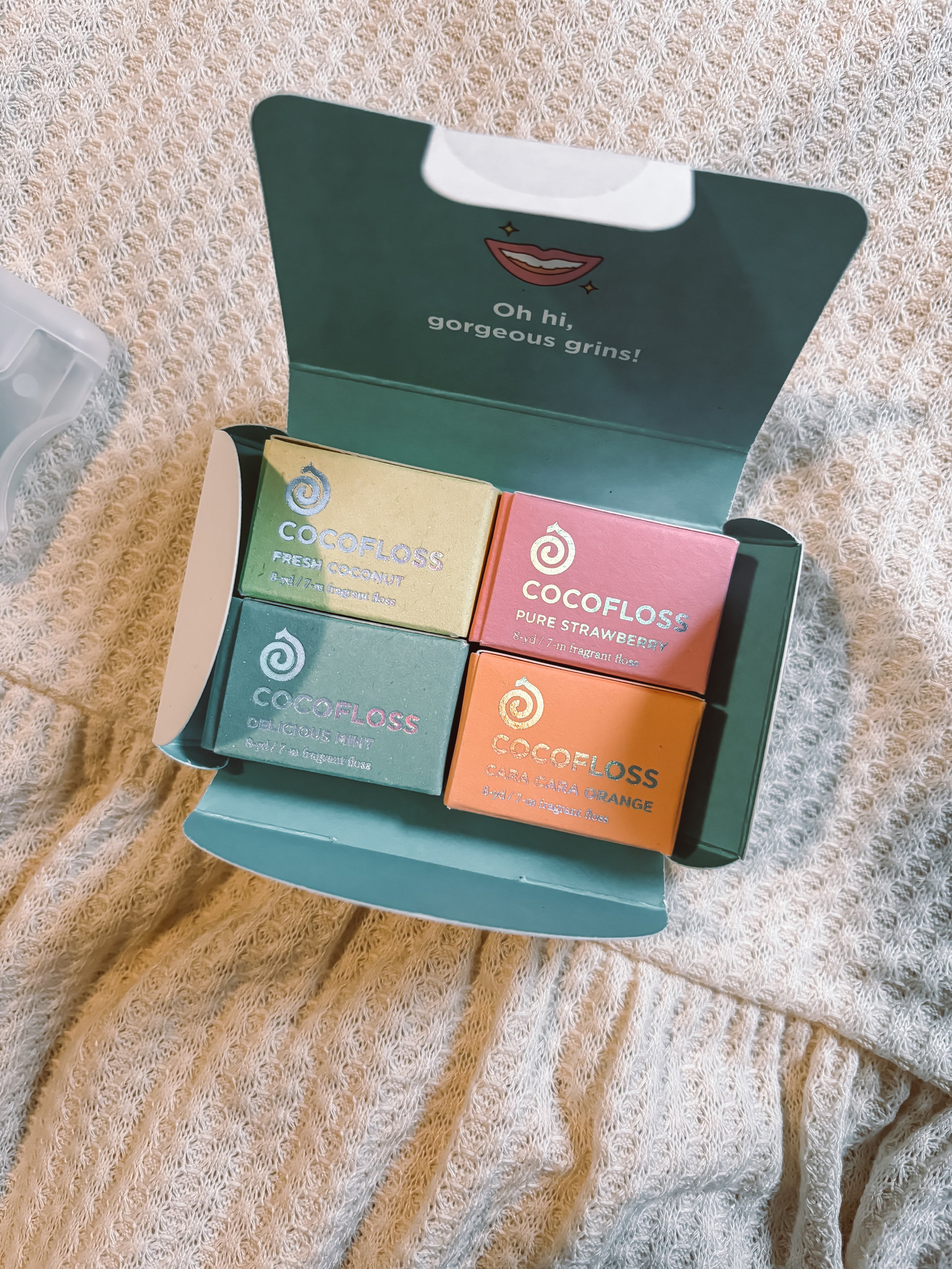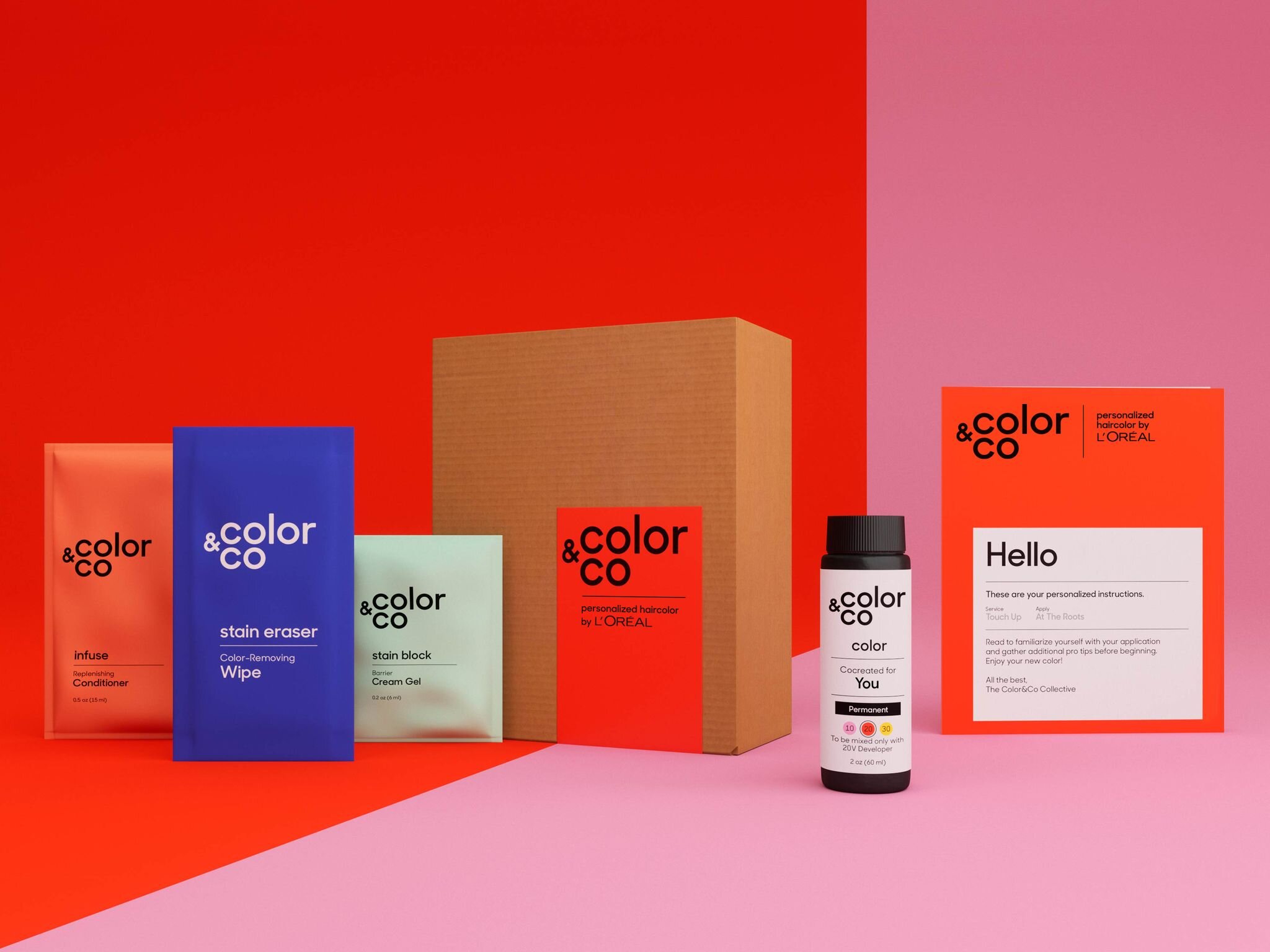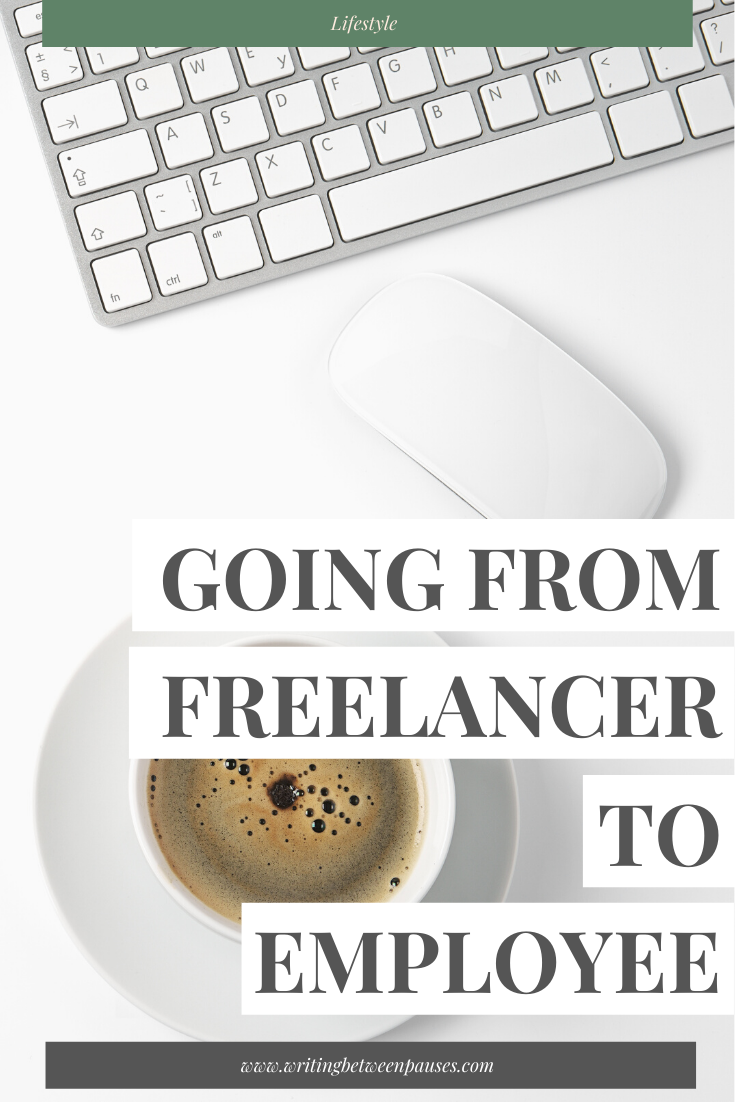What feels like ages ago, I tried Little Spoon meals for Violet: we were right in the middle of weaning from breastfeeding and trying to increase the amount she was eating. And like a lot of parents, I worried about her getting the full range of nutrients she needed. At the time, it wasn’t something I was ready to quite commit to: she was picky and cranky about not breastfeeding anymore and the timing was all wrong.
Flash forward to today and our lives are much, much different. Violet attends daycare twice a week and I needed something easy (and allergen friendly!) to pack for her lunches. Finally, I had the opportunity to join Little Spoon again.
This time we signed up for the lunchers option: these are almost like Lunchables, but obviously much healthier. In our first order, we paid $43 and received 8 total lunchers in the varieties of Easy Cheesy Pizza, Chicken Dunkers, and Brunch Lunch.
Here are Violet’s (age 2) unbiased reviews.
Easy Cheesy Pizza
From Violet, this one got an 8/10. From mom, it gets a 7/10, only because Violet is the messiest eater of all time and giving her a sauce cup is a minor disaster waiting to happen. She looooved the Unreal milk chocolate gems (I’m a HUGE Unreal fan as well and love seeing them in Little Spoon products). She ate two of the flatbreads with sauce and cheese, then polished off the cheese and asked for more of the chocolate gems. But alas, she had already eaten them.
Chicken Dunkers
Violet’s rating: 9/10
Mom’s rating: 10/10 (any way I can get more veggies into her is a win)
This Luncher comes with 5 “chicken super nuggets”) (that means they include antibiotic-free chicken, cauliflower, kale, carrots, and chia seeds) alongside probiotic yogurt ranch dressing, pizza-seasoned pretzels, and a brownie that is sweetened with applesauce. All of these are literally fantastic—like so, so good. Please make an adult size, Little Spoon!
Brunch Lunch
Violet’s rating: 10/10
Mom’s rating: 8/10 (Messy!! But cute)
This Luncher comes with a small smoothie bowl, granola, 4 chicken and veggie sausages, and a zucchini muffin. Violet is not quite at coordination levels for a smoothie bowl yet, so I put her smoothie into a cup with a little extra water. I added some yogurt to the granola and she LOVED that. The sausages were a surprise hit because she is pretty hit-and-miss with sausages. And of course, she won’t ever say no to a zucchini muffin.
What’s our final grade for the lunchers? For me, they’re a 9/10 and for Violet, they’re also a 9/10. She LOVES most of the elements of them and I love that she’s getting the fun of a Lunchable without the high sodium or sketchy ingredients (i’m looking at you, pepperoni pizza variety).
If you’d like to try Little Spoon, whether you’re getting purees, first bites, lunchers, or pouches (I’ll be sharing our pouches review soon), you can use my referral code for $20 off your first order.

























